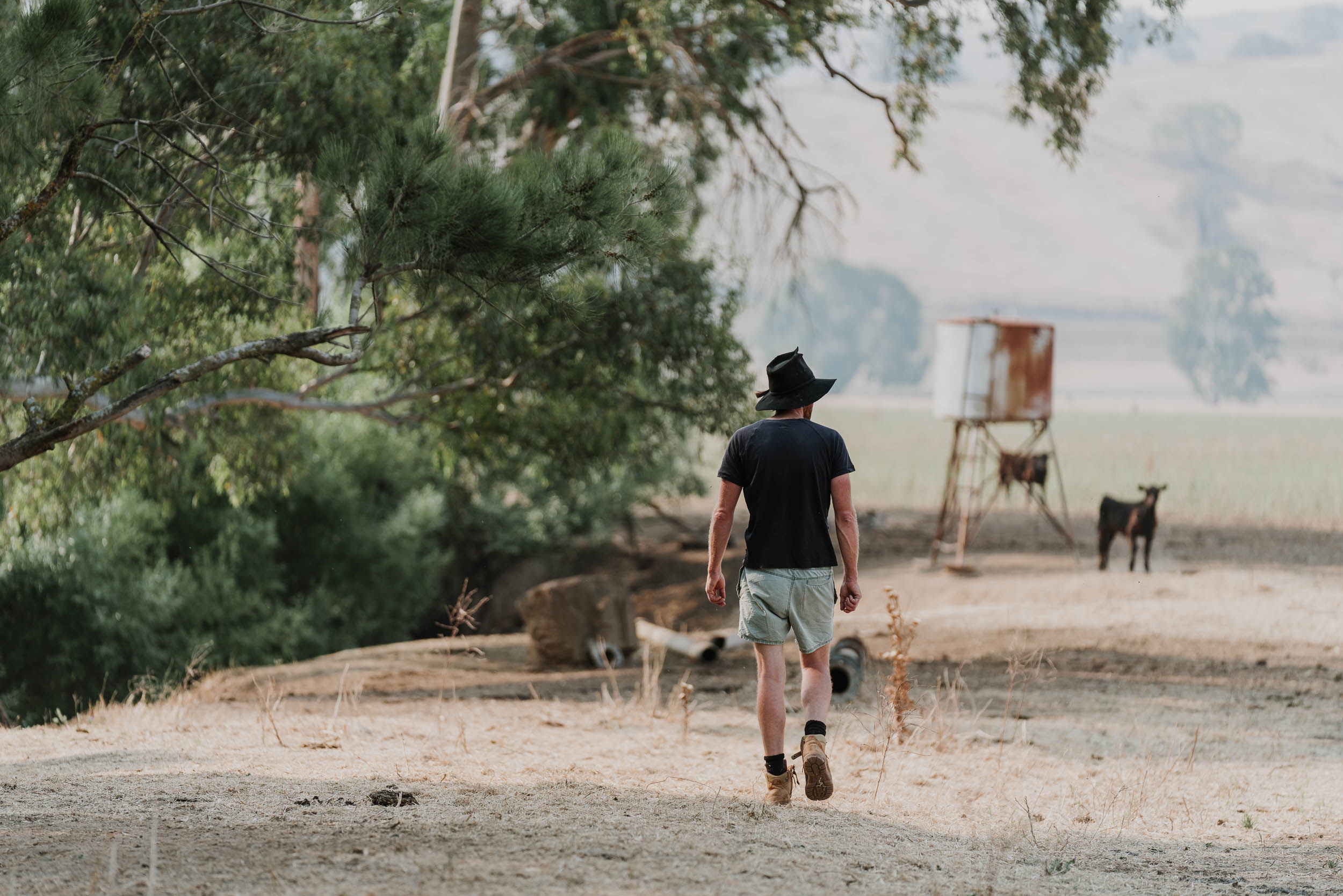
Dung beetles are not just great for pasture, livestock health, and the environment – they're also great for us. Healthy dung beetle populations on your property can provide a long-term solution to bush fly management. If you’ve got a problem with bush flies in your region, it might pay to look at the ground for the solution. Dung beetles don’t just play a vital role in soil health and carbon storage, they also help control flies.
Why do fly populations fluctuate?
Bush flies are like Goldilocks – they don’t like conditions to be super-hot and dry and they simply can’t survive cold winters, so the flies will migrate to better conditions. After arriving in a region, they can rapidly reproduce across multiple generations, especially if there are good supplies of dung for them!
Why do flies and dung beetles go hand-in-hand?
Dung, in particular from ruminants, is an ideal breeding ground for flies – they think it’s Christmas when they’re surrounded by piles of nutritious dung. Fortunately, dung beetles compete with flies for dung and can be so efficient that a dung pat is buried in as little as a day or two. This means the maggots don’t have time to develop – their life cycle is halted in its tracks. Another benefit is that the beetles bury the dung, converting this waste product into valuable plant fertiliser. If it wasn’t for these composting organisms, in a couple of years we would be knee-deep in dung and surrounded by black clouds of flies.
Does the drought mean more flies?
Potentially. Dung beetles reproduce deep in the soil profile – depending on the species they can be more than 50 cm down. This keeps them safe from predators like birds but if the ground stays rock hard for a prolonged period they have a really hard time digging their way out and completing their development. Another factor is that during drought, there is of course less dung around so this can also reduce dung beetle numbers. This can cause increased fly activity once dung does become available again because flies can respond immediately and complete their life cycle in just weeks. Most dung beetles, in contrast, take at least a year to complete a generation.
Are more dung beetles the solution?
When it comes to dung beetles, one size doesn’t fit all. There is no single super-duper dung beetle that will control dung in all soil types, in all locations, in all parts of the year. They tend to specialise. Back in the 1980s, CSIRO bought in dozens of species but unfortunately, of the ones which successfully established, there aren’t many species that remain active during the spring months.
To help fill seasonal and geographical gaps in current dung beetle activity in southern Australia, the DBEE project is breeding up and releasing three new dung beetle species introduced from North Africa and southern Europe. The project team aims to complement the species that are already established in Australia give greater continuity and coverage of dung beetle activity throughout the year.